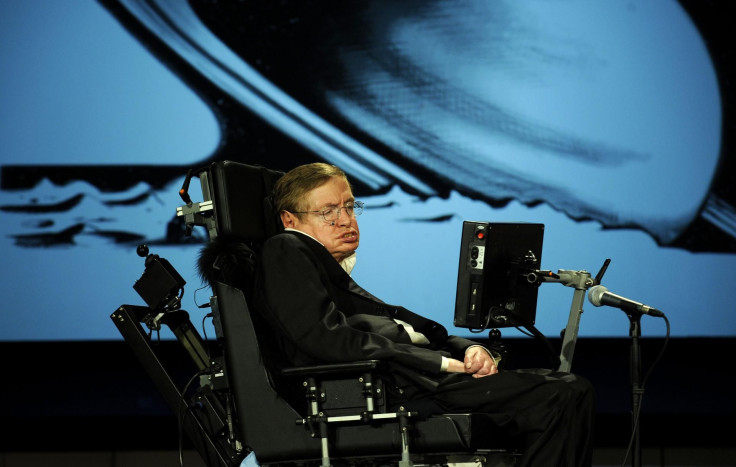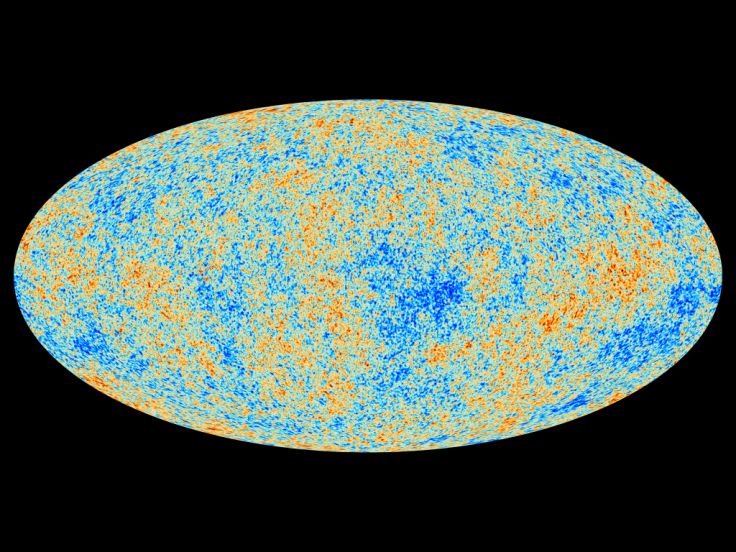Before The Big Bang: Stephen Hawking Says Nothing Existed At Singularity

Among the many scientific theories about the origin of the universe, the most popular one is that of the Big Bang, which posits that an explosion about 13.8 billion years set the expanding universe in motion. Some of the most strident opposition to this theory comes not from other scientists but from theologists and lay-believers who pose the question (not necessarily in as many words): “If there was something that exploded during the Big Bang, where did that something come from?”
They would typically ascribe the existence of that unknown something to god, and whether you believe in an omniscient, all-powerful god or not, it is at the very least a good question they ask. And it is a question, in various forms, some of the best minds involved in science have tried to answer. Some, like the celebrated physicist Stephen Hawking, have an answer too.
In Hawking’s view, before the Big Bang, there existed simply nothing. He doesn’t mean that in a simple way, however, because he doesn’t imply that there was no matter or antimatter or dark matter before Big Bang. Instead, he says anything that existed before the beginning of the universe as we know it has no role at all to play in everything that came after, and can therefore be completely left out of any theories we formulate to explain our observations.

This is because he believes the universe at the moment of Big Bang was a singularity, a time when “all the laws of physics would have broken down. This means that the state of the universe, after the Big Bang, will not depend on anything that may have happened before, because the deterministic laws that govern the universe will break down in the Big Bang. The universe will evolve from the Big Bang, completely independently of what it was like before. Even the amount of matter in the universe, can be different to what it was before the Big Bang, as the Law of Conservation of Matter, will break down at the Big Bang.”
Hawking also spoke of the concepts of “imaginary time” and the “no boundary condition” to explain the beginning of our universe (some of this work was done in collaboration with James Hartle of the University of California, Santa Barbara).
To imagine this imaginary time, Hawking suggest you first think of time as a horizontal line, with the past on the left and the future on the right. Then add a vertical line to the mix, and that becomes your imaginary time. In Hawking’s own words, “it is not the kind of time we normally experience” and the four-dimensional “Euclidean space-time” it would create with the three dimensions of space would be almost impossible for anyone to imagine.
The no boundary condition is simpler, though. It occurs when there is an absence of boundaries but within a finite space. The example Hawking uses is that of Earth, where the surface is finite but you can go around it as many times as you like without falling off, because there is no boundary or edge to fall off from (no matter how steadfastly flat-Earthers believe otherwise). And he says that given our current observation, this condition also applies to the Euclidean space-time four-dimensional curve involving imaginary time.
The normal time we experience began at the Big Bang, which itself would be determined by the state of the universe in imaginary time when the event took place.
© Copyright IBTimes 2024. All rights reserved.




















